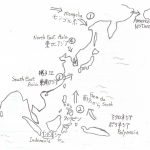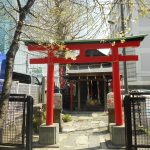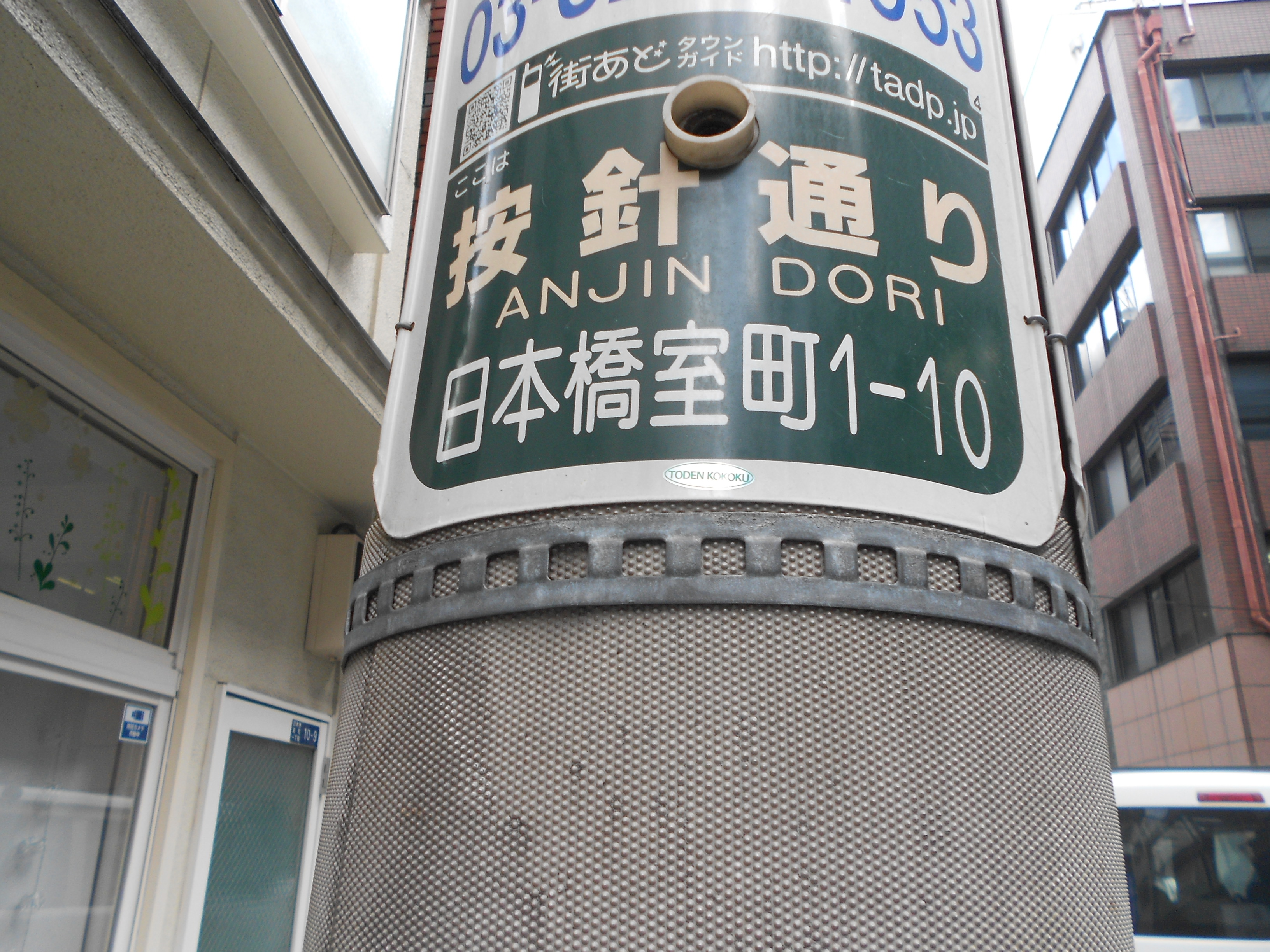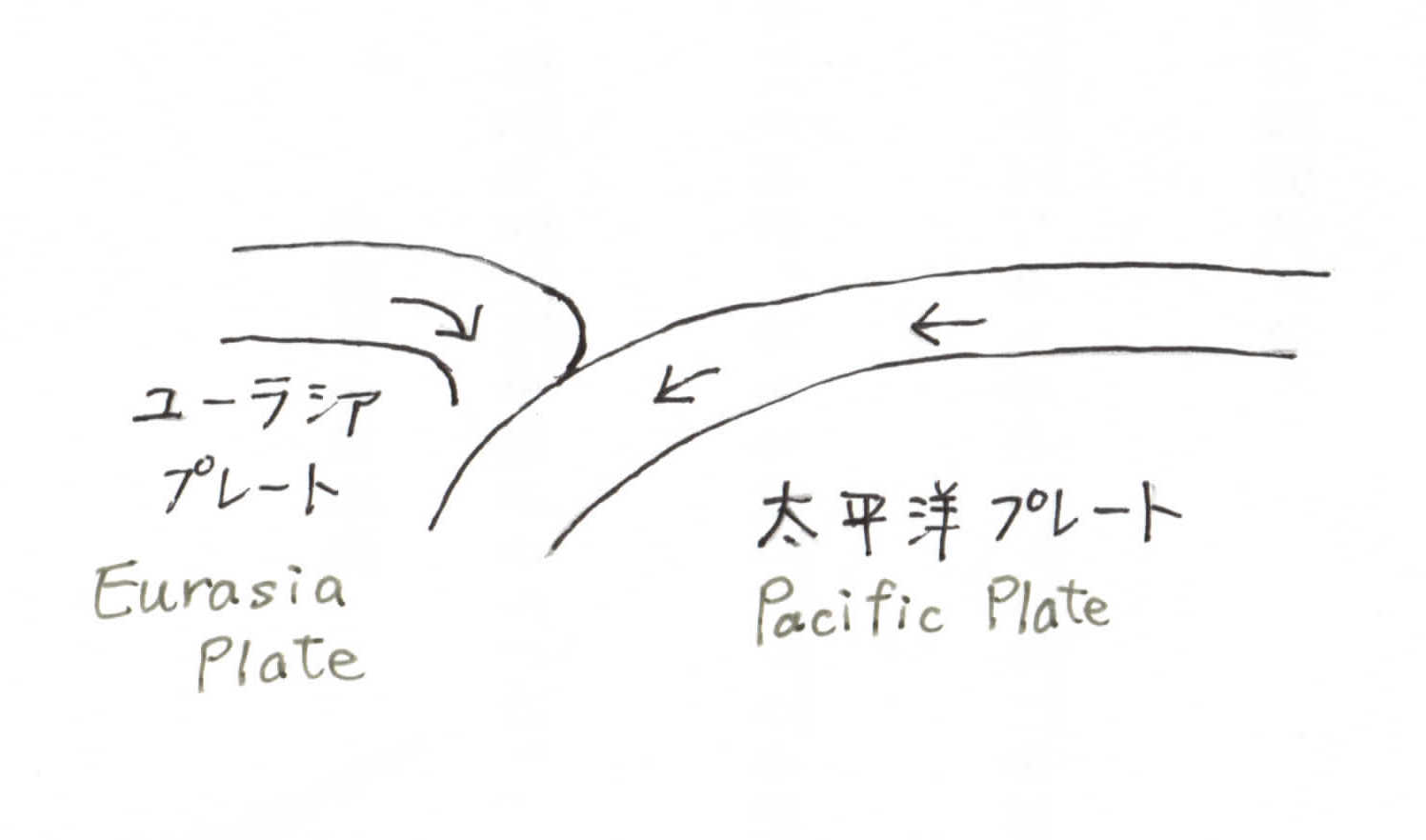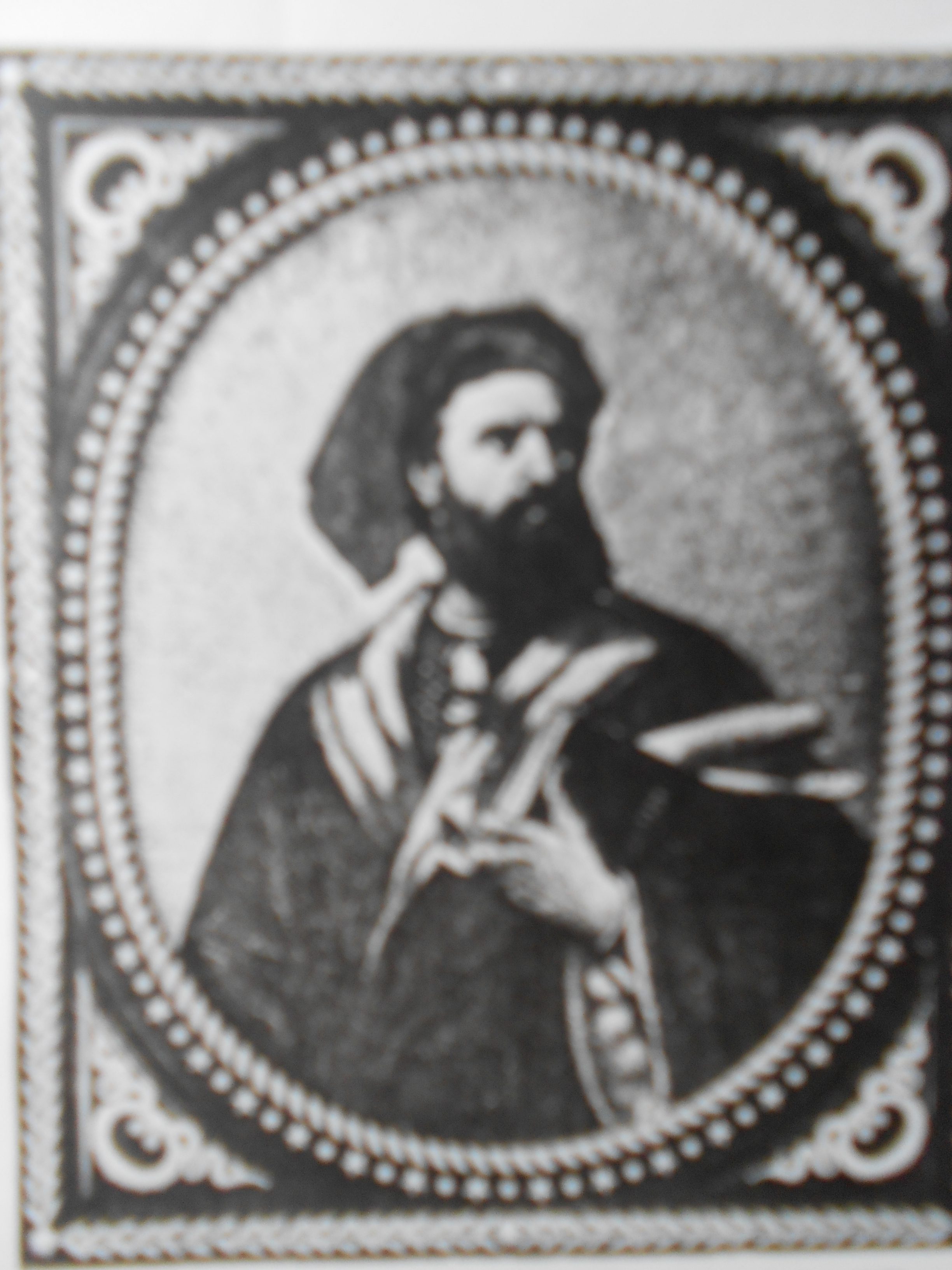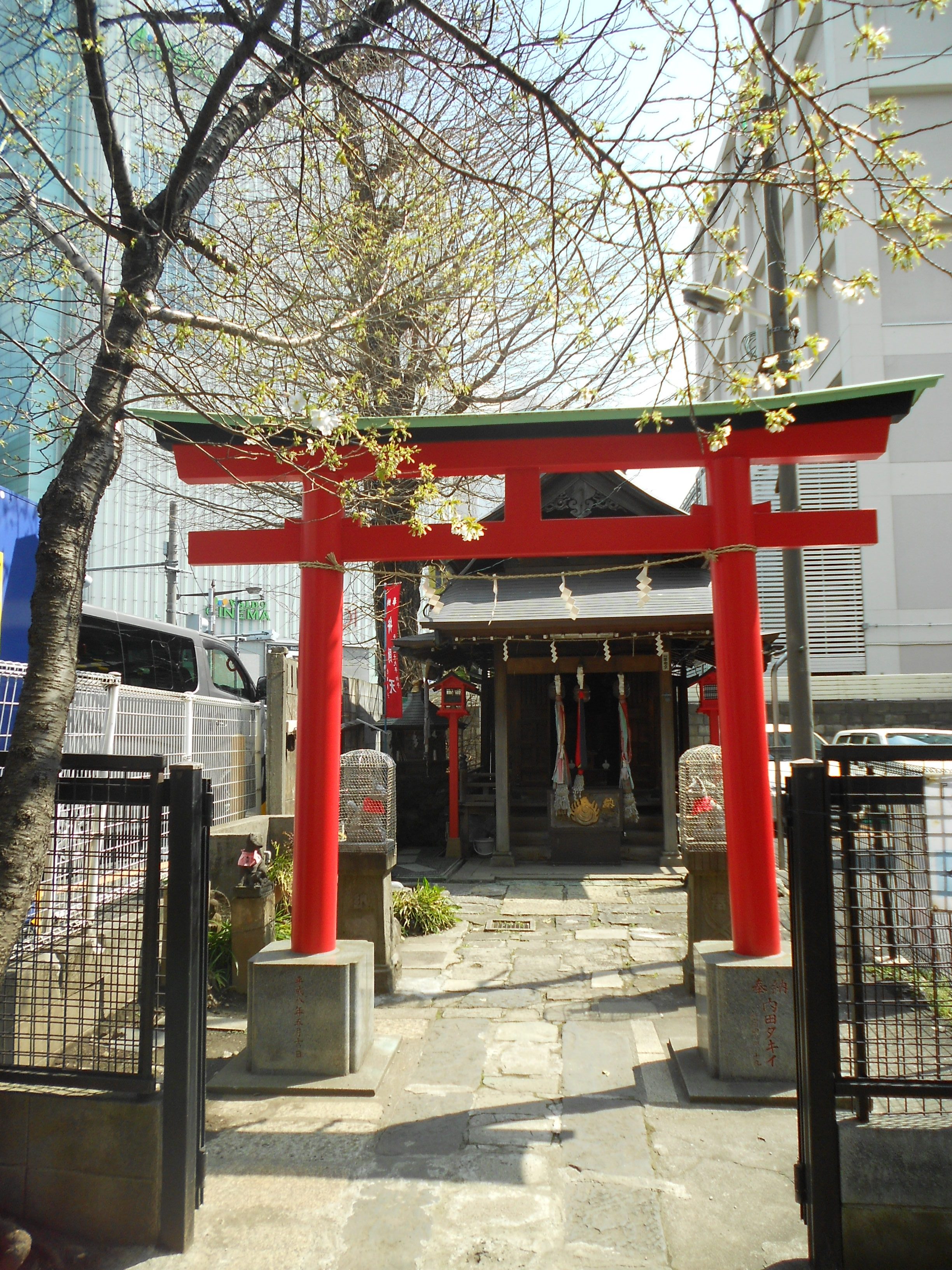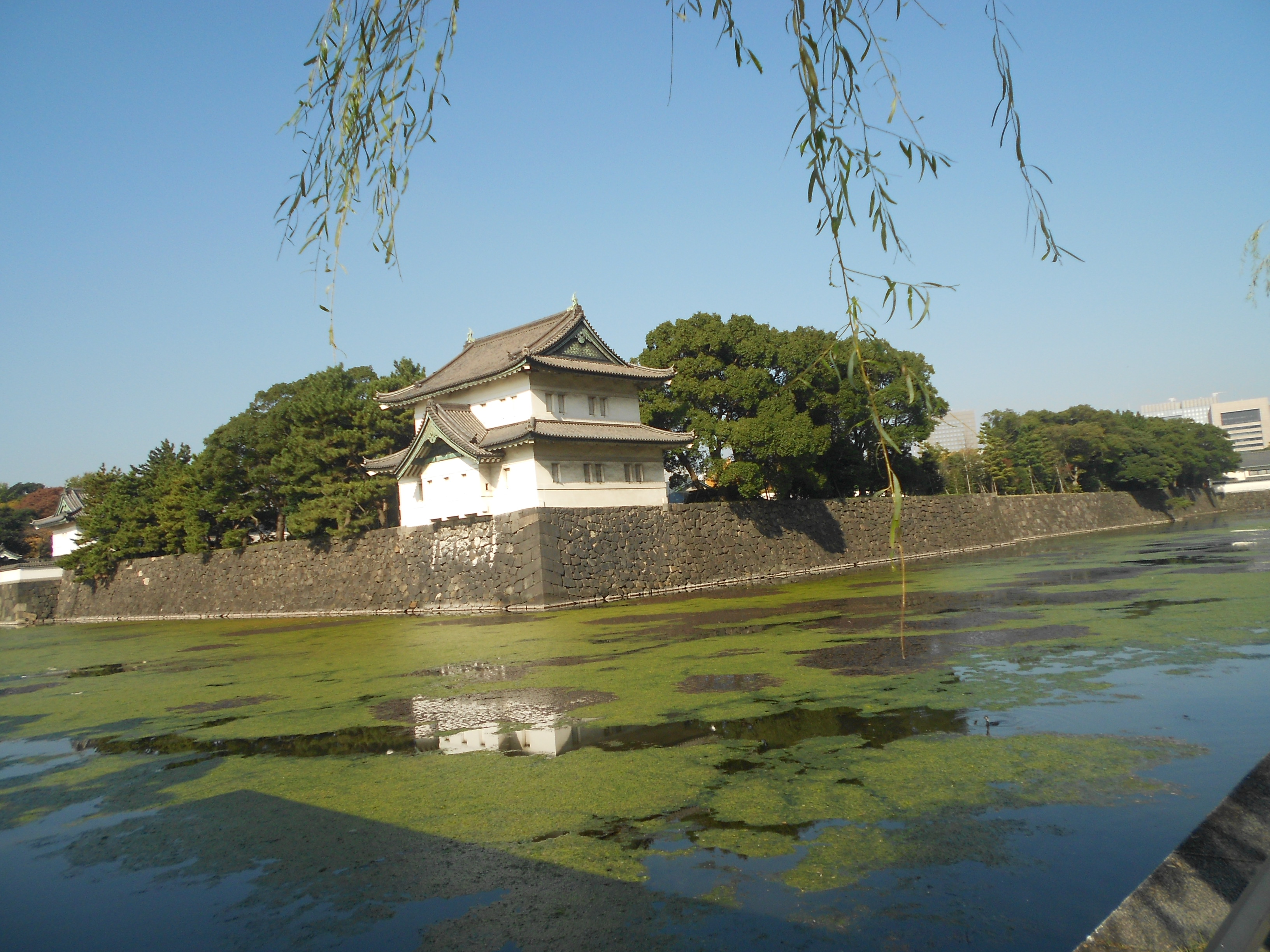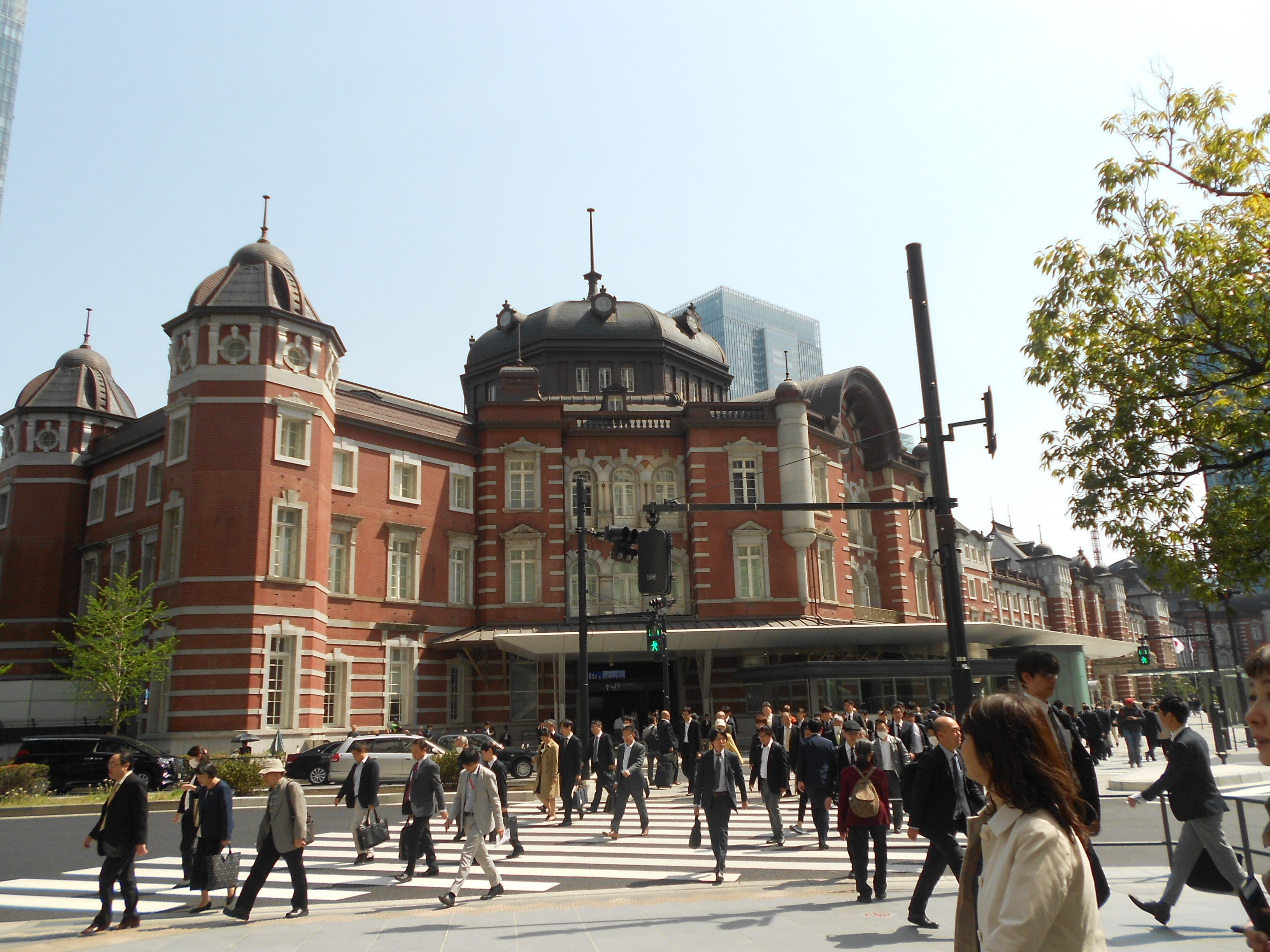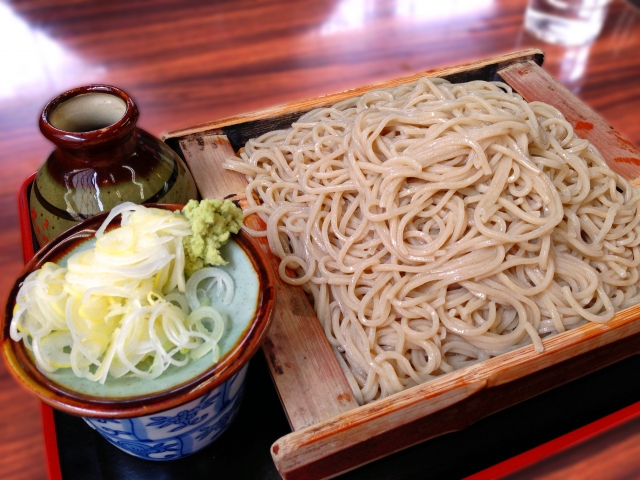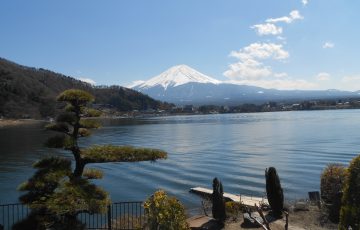In Japan, one month after a baby is born, we visit a shrine to pray for a good luck, some people have wedding ceremonies at Christian chapels, and most of us have funerals at Buddhist temples. But we don’t think it strange to juggle so many different religions.
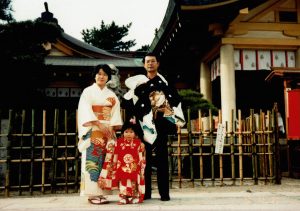
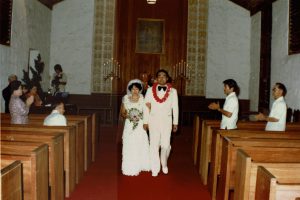
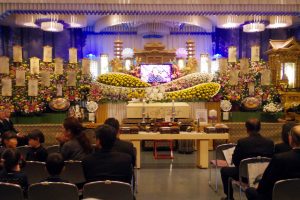
If you ask Japanese people “What religion do you believe in? “, the answer may be “Well, I don’t know. Maybe Buddhism, maybe Shinto ~ ? “. You would be surprised.
☆ 1 Japanese Kami ( deities )is religion? Buddhism is religion?
Since ancient times in Japan, people have worshiped high mountains, the Sea, the Sun, big trees, etc. in the Nature. There are many “Kami” (spirit, deity), “Yaoyorozu ( 8 million ) Kami”, that human beings should admire in the Nature. People felt so close to “Kami” in various things of daily life that they didn’t think it “religion”.
This is the fundamentally different point from monotheism ( Christianity and Islam). In monotheism, “God” is the “only” absolute being, so no other “deity” can be admitted. Only their “God” is “right”, others are “not right”.
(Monotheism was born only around the Arabian Peninsula in the world, and almost all the other places had the Nature worship.)
When Buddhism was introduced to Japan originally from India through China and the Korean peninsula in the 6 th century, it was adopted as an advanced culture rather than a religion. So it was not strange that the Tenno (Emperor) who should be the top of Shinto respected Buddhism. People devised good explanations so that Buddhism fitted well with the Japanese “Kami” (deities) of old Nature worship, “Shinto”. Both could be accepted as “Shinto-Buddhism coexistence”.
Buddhist monks did not translate Buddhist religious concepts into indigenous language (Yamato-kotoba), leaving all Chinese words as they were in Kanji. This may be one of the reasons why Japanese “Kami (deities)” did not disappear. “Buddha” was not translated as “Kami”, “Hell” was not translated as “Yomi nokuni”, and “Gokuraku” was not “Takamagahara”. (*1 )
Was it better to leave the Chinese words as symbols of an advanced culture?
Japan is a string of isolated islands and maintained homogeneity since the foundation of the nation, compared with the cultures of conflict of Nomadic herders such as in the Arabian Peninsula where the monotheism was born. So even if people accepted various things from outside, they didn’t care, because of the blockade isolated nature of the Japanese islands. They were able to assimilate a foreign culture steadily without any worries. (*2 )
When a new culture came in Japan from outside, it coexisted well with the old one and continued as a multilayered culture. Can this “peaceful co-existence” become a hint to solve the problems of the modern world?
☆2 Fights among religions
When watching Islam and Christians fighting each other because of the religion, many Japanese people think “Why do they fight even in the same religion? Japanese are accepting both Shinto and Buddhism.”
But up until the 16th century of the Civil War in Japan, there were many religious fightings among the Buddhists. “Mt. Hiei sect” (Tendai Buddhism school) vs “Nichiren sect” (“Hiei” burned all the “Nichiren” temples in Kyoto, and killed all monks in 1536), and “Nichiren” vs “Jodo Shinshu” etc. Many people were killed because of their “Justice”. The temples at that time were armed holding a lot of soldier monks and they were really killing each other. Before Nobunaga, religious wars were not special at all.
☆3 Too strong Buddhist temples
At the time of the Civil War (16C) when Oda Nobunaga (1534~1582) tried to destroy the old customs to make a new Samurai world, the most troublesome was the big Buddhist temples.
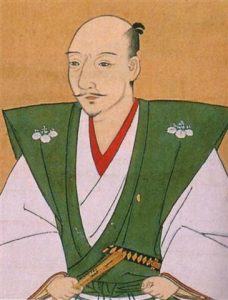
( In Japanese history classes at junior high and high schools in Japan, we learn Nobunaga carried out “Rakuichi ⦅ Free market⦆, Rakuza⦅Free guild⦆, and the abolition of Checkpoints ⦅Sekisho⦆”, but the meaning is not explained well by teachers. We don’t know the true meaning unless we know what kind of society it had been before the 16th century.)
Until the 16th century, the established Buddhist temples had large economic interests.
For example, the Checkpoints for merchants were everywhere, where they had to pay a tax. There were about 100 Checkpoints along “Yodo” river between Kyoto and Osaka which hindered the economy and circulation of goods.
Who were taking the tax? They were powerful temples and shrines. Then, merchants were in trouble, but the privileged merchants had a free pass. The merchants who could obtain free passes belonged to “Za”, which was like “Guild” and behind “Za” were again big temples and shrines. Merchants had to continue paying money every year. The temples and shrines received the profit of the business. Merchants who did not have licenses had to pay tax at the Checkpoints. Either way the big temples and shrines were profitable.
In such circumstances, Oda Nobunaga eventually abolished the Checkpoints in his territory that led to Kyoto (1568).
The markets had been held inside the precinct of the temples and shrines until then. That’s why he made a new castle town in Azuchi in his territory, and made new marketplaces in the castle town. This is “Rakuich (Free Market)”. And he took the authorized rights away from the big temples and shrines – that was “Rakuza”.
Speaking of Oda Nobunaga, it is well known that he burned down “Hieizan Enryakuji Temple” buildings and killed 3000 monks there. But we do not know the background why he had to destroy the power of Buddhist temples. The big temples had troops and financial resources so that they were not beaten easily even by the power of Nobunaga. (*3 )
☆4 The big temples and shrines didn’t pay tax on their estate.
At the time of the Aristocracy from the 8th century, aristocrats themselves had made the tax exemption system that they did not have to pay tax if it was in the form of “a manor garden”. The big temples also had “manors” together with the nobility, and they continued to increase more and more. Then farmers contributed their land nominally to aristocrats and temples for tax evasion, as “manors” were tax exempted.
For example, the country of Yamato was full of “manors” of Kofukuji temple and Todaiji temple. Kofukuji temple had a special relation with the powerful aristocrat, the “Fujiwara family”. The aristocrat and the big temples and shrines clung each other tightly, and the system was made that the nobility’s second son, or third son entered into the top position of the temples and shrines. (*3 )
In this way, it was impossible to create a new world of Samurai where the society was controlled by aristocrats and big temples. Nobunaga tried to change this condition, and tried to make a new Samurai society where Samurai could live freely. Nobunaga struggled for many years with a desperate feeling, but finally he succeeded to eliminate the power of Buddhist influence. It was so hard that nobody could have done it except Nobunaga with his strong personality.
But Nobunaga destroyed only the power of the temples and shrines as an “armed” group, but he allowed them to exist as religious organizations. He tried to make them “disarmed” religious groups that they should not be involved in politics and military affairs. (*4 )
☆5 Separation of religion from politics
After Nobunaga was killed, it was the time of Hideyoshi. He built Hokoji temple and a Great Buddha (*5 ) in Higashiyama in Kyoto, and compelled the representative monks of all religious groups to join a ceremony and to obey the state power of Hideyoshi. (Those who did not obey were exiled. )
And then at the time of Ieyasu, since Buddhist temples had already disarmed, Ieyasu decided to make a hierarchical control system, and ordered that everybody in villages and towns had to register in a temple. Finally he succeeded in controlling the huge Buddhist forces that had seemed too powerful to be controlled.
Christianity was prohibited by Hideyoshi and Ieyasu, so it did not become a big force.
Nobunaga, Hideyoshi, and Ieyasu, the three of them together, completed the “Separation of religion from politics” that “the freedom of religion is permitted, but everybody should follow the laws of the country”. (*4 )
☆6 Not too strong religion
Now we should know that the Japanese people are not controlled by mighty religious forces thanks to the hard work of these predecessors and how we have come a long way to the present.
In Edo era (17C~19C) the Buddhism was dominant because everybody had to belong to a temple in a village.
In Meiji era (1868~1912) the Tenno (Emperor) became stronger as he was the top of Shinto, so suddenly there was a separation order of Shinto from Buddhism, and a lot of Buddha statues in temples were abandoned.
But after the Second World War (1945) freedom of religion has been guaranteed, and we often see the places where a shrine and a temple are located together like in “Nikko”.
Now Japanese people regained free and open mind to the “Nature” like 2000 years ago. Good, warm “Great Nature” is the most important existence for Japanese people. In the “Nature” every creature, animals, plants, human beings, all are living equally. People are not special among the living things. Is it a basic religion of the Japanese to “become humble” in front of the gentle “Great Nature” rather than thinking “severe nature” as a “object to conquer” like a monotheistic world ?
Every New Year’s days many people go to shrines and temples for praying for health and good luck. Shrines and temples in various places are usually full of people all over Japan throughout the year. We don’t forget “the existence of a big power” over human beings. Japanese people are religious enough but we can feel freely about “Kamisama (deities)”?
☆7 The present religion?
If some people say only their “Kami (god, deity)” is “Just”, there is no future. The “existence beyond human beings” is common for all human beings. What kind of “Kami (deity)” depends on their respective cultures. Culture is different according to the geographical and climatic conditions. Japanese people think it is the only way for all peoples to live peacefully in the “Earth Village” which has become smaller, to accept and coexist with each “Kami(deity)” so as to respect each other’s culture.
But, since the Japanese children are not taught how we should think about a religion, we do not know how to answer if asked by a foreigner. That is our weak point.
In a word
The Japanese way of thinking is not monotheistic, so it seems strange for monotheistic people. In Japan too powerful religions were weakened by Oda Nobunaga, so now we are not dominated by one big religion, but as in the ancient times we are “free” and tolerant of religion and nature.
――― (*) ———
* 1 “Etymology of English” Watanabe Shoichi, Kodansha Contemporary New Books 1977
* 2 “Theory of the Japanese Culture” Ishida Eiichiro, Chikuma Shobo 1969, Chikuma Bunko 1987
* 3 “The Paradox of Japanese History 8 ” Izawa Motohiko, Shogakukan 2000
* 4 “The Paradox of Japanese History 11” Izawa Motohiko, Shogakkan 2004
Izawa Motohiko is emphasizing that Oda Nobunaga made it possible to separate religion from politics. If you are interested, please read “The Paradox of Japanese History”.
* 5 For the purpose of controlling religious groups by state power, Hideyoshi made a big (wooden) Buddha larger than the Great Buddha in Nara, but ten years later it collapsed in an earthquake. In Kyoto more than 20,000 people died. Fushimi castle which Hideyoshi was building also collapsed. It was “Keicho Fushimi earthquake” in 1596.

